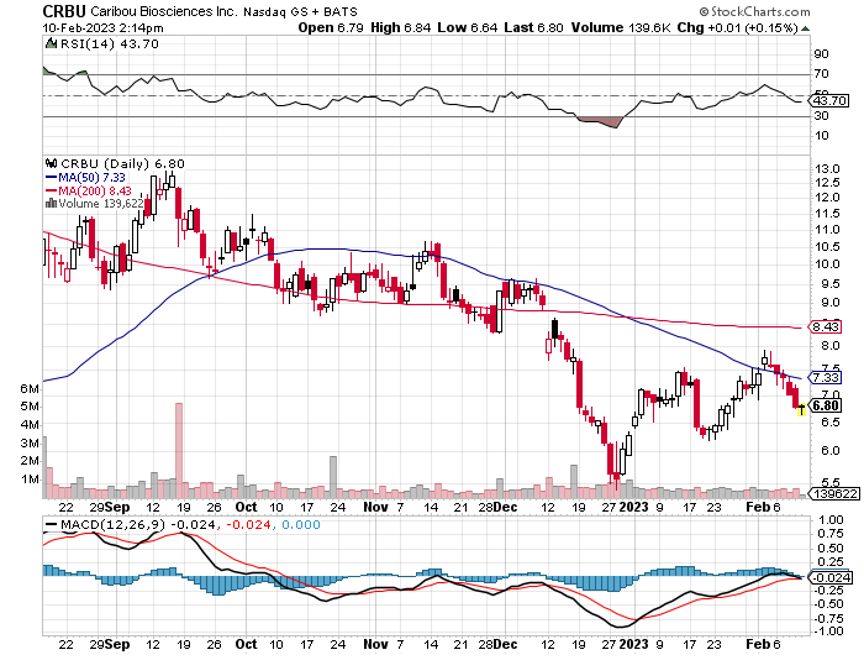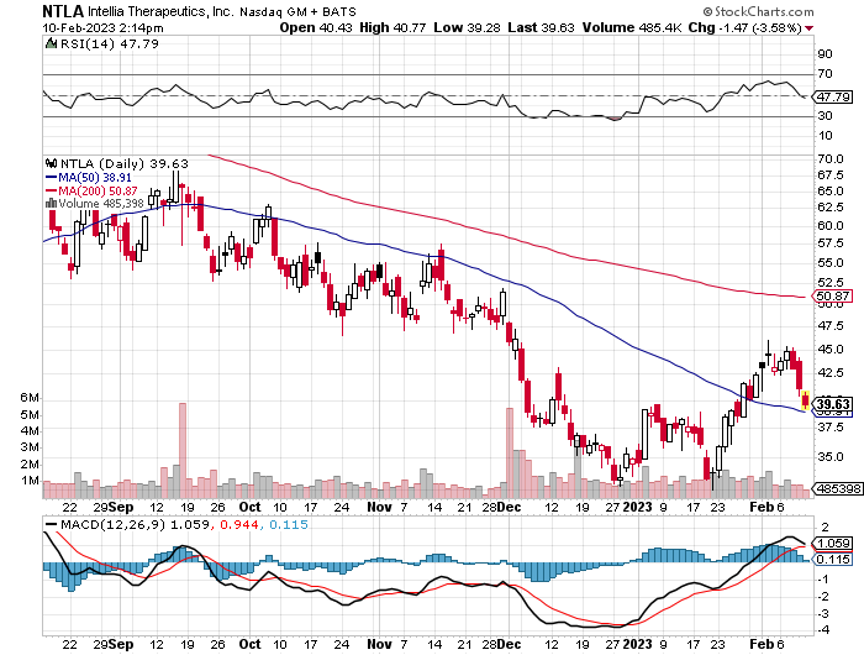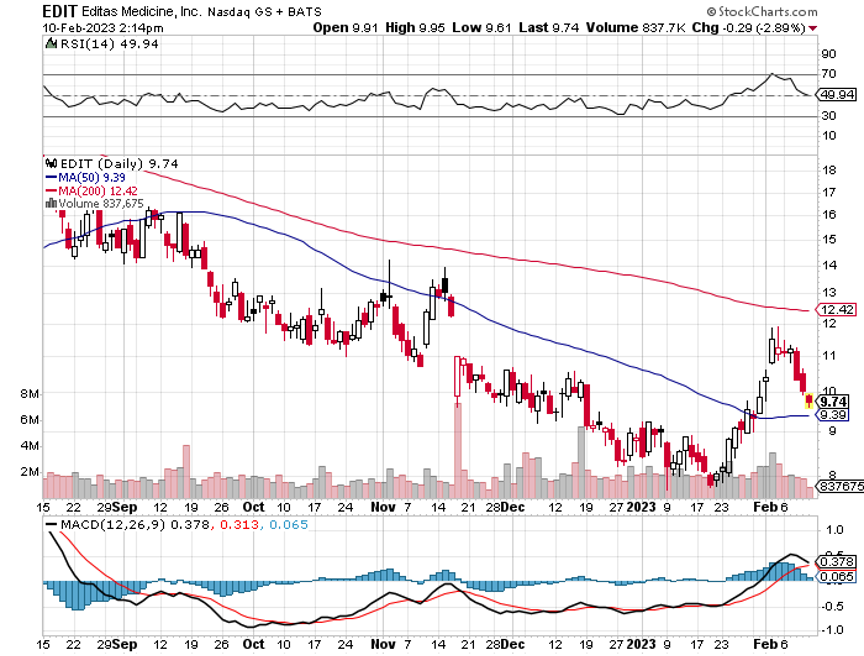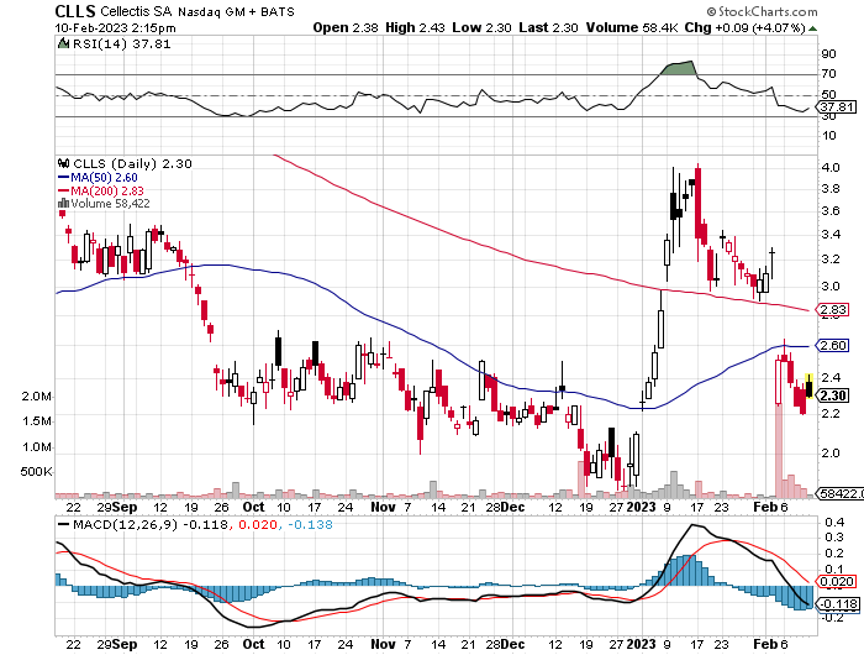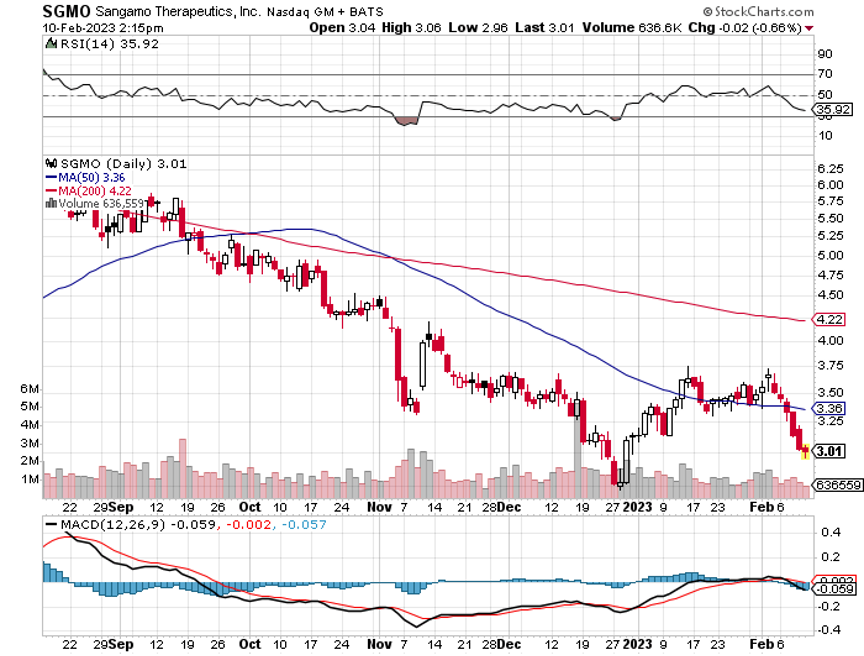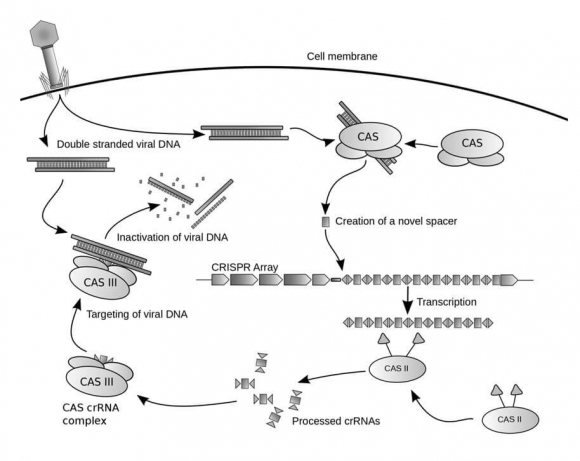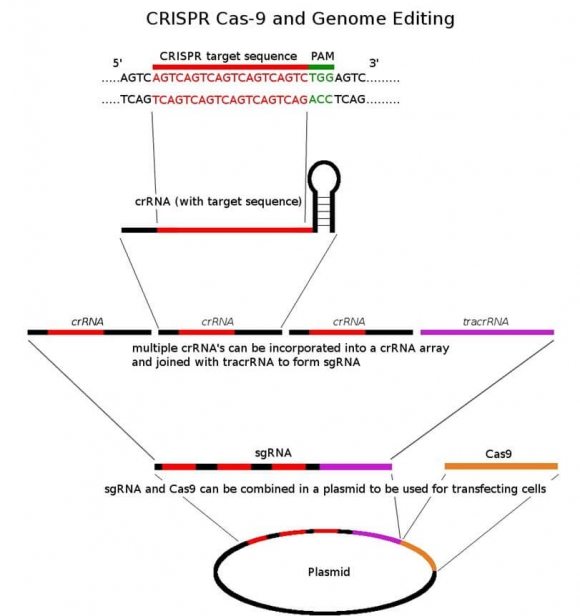How CRISPR Technology May Save Your Life
When I was a DNA scientist at UCLA 50 years ago, the team used to slack off whenever our professor was attending an out-of-town conference.
We used to take pure 200 proof ethanol the university kept on hand “for research purposes,” used it to bring our beer up to 100 proof, and then speculate about the future of our obscure, neglected field.
With the technology at hand, we predicted it would take 3,000 years to fully decode the 3 billion base pairs of a length of human DNA. It then might take another 1,000 years to manipulate our genes to accomplish something useful, like curing cancer.
Maybe it was our “enhanced” beer talking, but we were off on our bold forecast by only 2,970 years.
Dr. Craig Venter published a map of his own DNA in 2001 using sophisticated algorithms to vastly accelerate our own snail-like progress.
The second step, that of functional genetic engineering, took only another decade instead of a millennium.
Clustered Regularly Interspaced Short Palindromic Repeats (CRISPR).
Memorize this term, write it in your diary, and put it on a post-it note on your computer.
It may save your life someday, if not add decades to your life. And it could also make you a multimillionaire if you play your cards right. More on that below.
And I count myself on becoming one of its fortunate users, once the technology goes retail, which should be soon.
If you are another DNA scientist, all I need to tell you is that CRISPR is used to manipulate segments of prokaryotic DNA containing short repetitions of base sequences.
Each repetition is followed by short segments of spacer DNA from previous exposures to a bacteriophage virus or plasmids. The protein fragments that identify and snip these crucial gene segments are called CRISPRs.
If you are the average Joe stock trader, which most of you are, suffice it to say that CRISPR technology is being developed that will enable you to edit your own DNA on a customized basis and then pass the changes on to your future generations.
This will eventually allow you to become immune to all diseases, increase your intelligence, and possibly live forever. Just cut out a bad gene and put in a new one and you and all your future decedents are fixed for good.
You only have to make it five or ten more years at the most with your current vintage DNA, and you can easily live another century.
Oh, and by the way, the company that successfully brings CRISPR products to market in an economical, cost affordable way should see its stock price rise tenfold, if not one hundredfold.
Interested?
Reading up on the research for this piece, one thought kept recurring in my mind: “I can’t believe they are already doing this NOW!”
CRISPR technology was first mooted by a Japanese researcher in 1987. It turns out that the Japanese have a huge head start in developing DNA technologies thanks to a 300-year track record in brewing potent rice wines, like sake.
By 2007, CRISPR went mainstream, attracting funding from a broad range of industries. There was initial heavy interest from the food producers, which sought to make plants and their seeds immune to common crop-destroying diseases.
Their work is partly responsible for the record crop yields that are presently crushing agricultural prices across the board.
As of today, there have been over 3,000 peer-reviewed papers published about CRISPR, each one taking us an infinitesimal step forward.
Currently, there are clinical trials underway employing CRISPR technology to fight multiple forms of cancer, herpes viruses, and advance immunosuppression in human organ transplants.
A legal battle broke out over who owns the rights to CRISPR technology, with Thermo Fisher Scientific (TMO) holdings several key patents.
OvaScience Inc. (OVAS) has started applying CRISPR to human embryos. It didn’t take long to ignite a firestorm of controversy over the prospect of permanently altering the human germline.
Will the wealthy buy their way into genetic superiority and immortality? Or will we accidentally create an organism that could wipe out the human race? Cries of “Social Darwinism” are everywhere.
Or worse, what if the Chinese make their own population immune to bioweapons which they then unleash on the rest of the world?
What if a gene treatment that cures cancer also makes individuals, aggressive, paranoid, or violent?
Talk about letting a genie out of a bottle while also opening Pandora’s Box!
Some leading scientific journals, like Nature and Science, have refused to publish some CRISPR paper over ethical concerns. Unsurprisingly, Chinese scientists have the lead in the most controversial applications.
It’s all way beyond my pay grade.
During my lifetime, I have seen science drop some real clangers.
While in Europe this summer, I saw a Thalidomide baby grown up, now in his fifties. The anti-morning sickness drug developed by a German company produced children with horrifying flippers instead of arms.
Even today, Thalidomide is held out as an example of the need for enhanced drug regulation in the US.
In the early 1950s, one doctor developed the bright idea of giving newborn babies pure oxygen. Everyone who received this treatment went completely blind for life.
And then the CIA developed LSD as a potential weapon, testing it on its own unwitting employees, who developed an unfortunate tendency to jump out of windows from high floors. We all know how that one worked out.
We already know what genes people will choose when given the opportunity to do so, instead of using the ones they inherited, the old-fashioned way.
The unregulated human artificial insemination industry makes available genotypes of every race and nationality in abundance. More than 90% choose tall, blonde, intelligent donors, inadvertently creating a financial windfall from the UC Berkeley Men’s Water Polo Team.
It is an outcome Adolph Hitler would have been proud of, as more than 1 million of these children have been born in the US alone.
Some prolific water polo players have sired more than 100 children, which are now using websites like 23andMe and Ancestry.com to find each other and socialize.
It was not in the game plan.
As is always the case with new, cutting edge, groundbreaking technologies, it is hard to find a rifle shot investment that gives you a pure play.
Many such efforts are subsumed inside huge companies where a specific technology never moves the needle. Starts ups often go bust because they can’t keep up with rapidly evolving technology.
That’s what happened to the 3D printing industry, and I can’t remember how many hard drive companies and PC makers that have gone under.
Editas (EDIT), Caribou Biosciences (CRBU), Intellia (NTLA), CRISPR Therapeutics (CRSP), and Precision Biosciences (DTIL) have all gone public over the last five years. Here is your bite of the apple.
Cellectis (CLLS) is a $1.1 billion French company that is involved in both gene editing and cancer immunotherapy. The Company has improved the quality of crops for the food and agriculture industries.
And here is the really good news.
Many of these shares have dropped 70%-80% in the last year, thanks to the generalized biotech meltdown and the wholesale flight from profitless companies. Crisper alone fell 77% top to bottom, much to my own personal financial destruction.
Many will find the prospect of living another century enticing. I might be interested if I could get back the body I has when I was 25 but still know what I know now.
The possibility of finding a stock that could rise 10 or 100 times is MUCH more interesting.
Putting Another 100 Years on the Clock?



